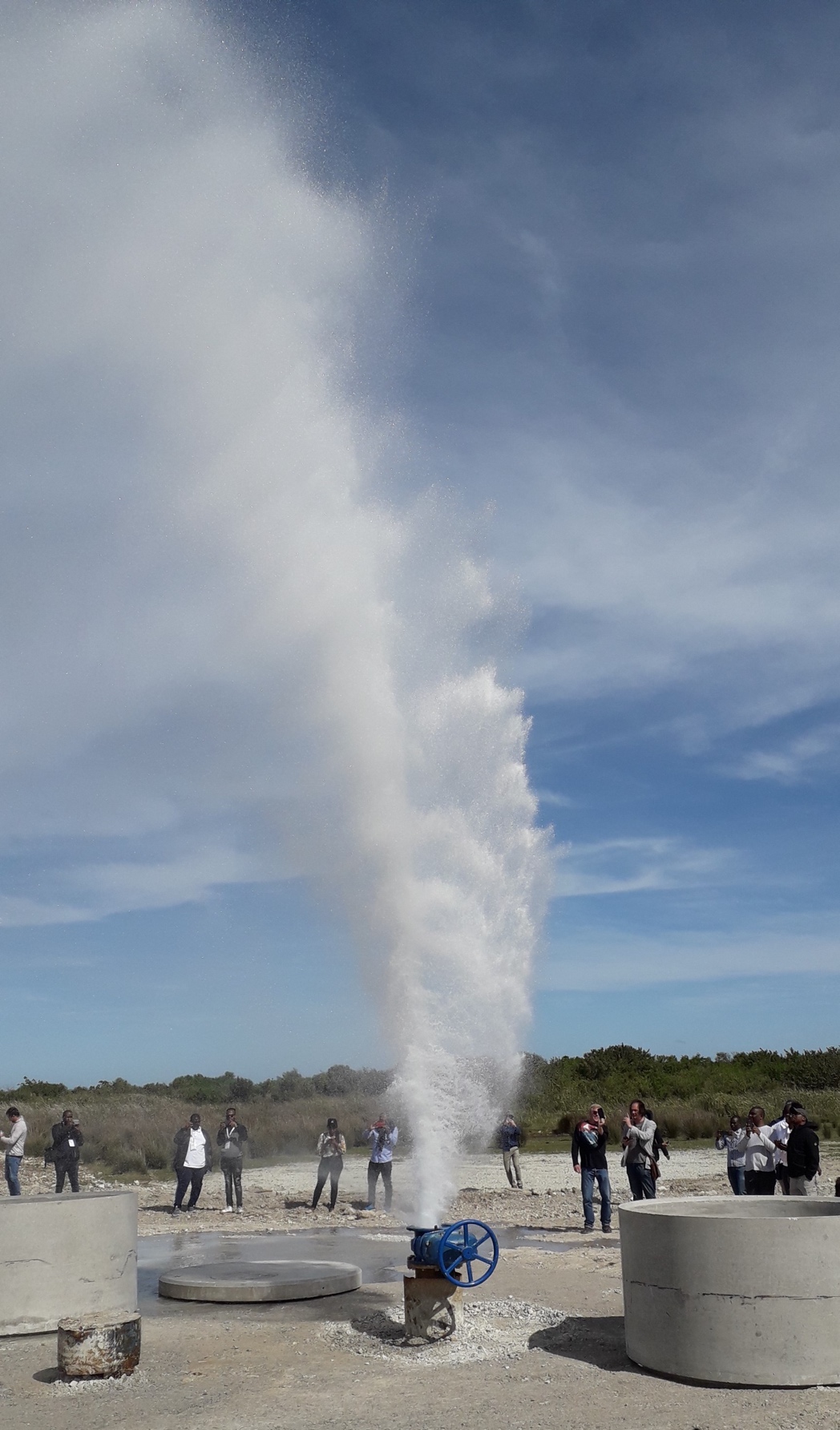10 Wrap-up
Research using the stable isotopes of water was originally focused on the major flows of water in the hydrological cycle. This included evaporation from the oceans, condensation from vapor to cloud, and precipitation in different environments across the globe. It was during this time that the effects of temperature, latitude, altitude, continentality, precipitation amount, source region, humidity and other parameters on isotope composition of precipitation became known. Once these global patterns of isotope composition were fairly well understood in the oceans, lakes, rivers and groundwater, researchers started more detailed regional and local investigations. These focused works provided insight regarding transpiration, recharge, groundwater flow, hydrograph separation, mixing of water masses and other processes.
By the late 20th century, stable isotope studies were integrating information from geology, hydrochemistry, other isotope systems (both stable and radioactive) as well as biological work. Topics being addressed included geothermal studies, paleowaters, paleoclimatic interpretation, and plant water sources.
Moving into the 21st century, the arrival of laser cavity instruments reduced the time and cost of isotope analysis, previously only done by mass spectrometer. Oxygen and hydrogen isotopes in water could now be routinely analyzed by mining companies, agricultural interests and local government, generating huge datasets that could be used to monitor for leaking canals or pipes, movement of pollution plumes and determination of the sustainability of groundwater abstraction (Figure 46). Isotope hydrology had become a mature science, used by researchers at universities while being applied by natural resource managers.

Figure 46 – Artesian flow from a future production borehole on the Coega Fault, tapping the Table Mountain Group, Eastern Cape, South Africa. Stable isotope information can help manage such large, deep groundwater reserves sustainably.
The forefront of stable isotope hydrology now includes analysis of global datasets to quantify changes in groundwater storage, applications to urban water issues and use of triple oxygen isotopes (16O, 17O and 18O) to re-evaluate the existing meteoric water lines and kinetic fractionation effects. At the same time, the greater accessibility to information via the internet and the lower cost of isotopic analysis has allowed the benefits of this science to penetrate less-wealthy parts of the world and assist in understanding developing world issues, such as community water supply, sanitation, environmental protection and sustainability.
Isotope hydrology is poised to continue expanding, both in research settings and for application to day-to-day water management. This book was written to educate and motivate the next generation of isotope hydrologists, so they can advance the science and tackle the swathe of environmental challenges that need to be addressed for humanity to continue to inhabit a healthy and beautiful planet.
